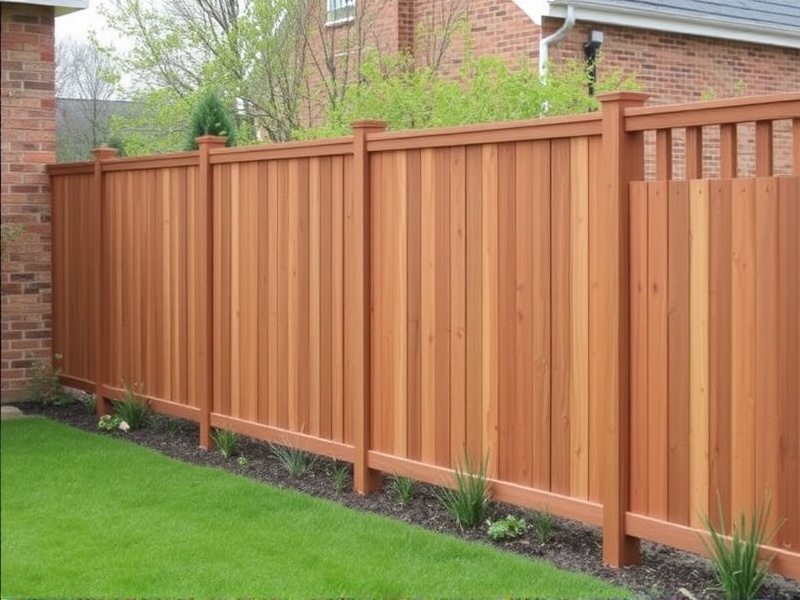Our Location
304 North Cardinal St.
Dorchester Center, MA 02124
Learn the key factors to consider when selecting composite materials for your fence, ensuring longevity and aesthetic appeal.

Composite fencing materials have become increasingly popular in recent years due to their durability, low maintenance requirements, and aesthetic appeal. Unlike traditional wood or metal fences, composite fencing is made from a combination of recycled plastic and wood fibers, making it resistant to rot, insects, and weather conditions. When selecting the right composite fencing material for your property, several factors should be considered, including climate, personal style preferences, and budget.
The first factor to consider when choosing composite fencing is the local climate. Different regions experience varying levels of humidity, rainfall, and temperature fluctuations, which can affect the longevity and appearance of your fence. For instance, if you live in an area with high humidity and frequent rain, opt for a composite fence that has been treated with UV inhibitors and moisture-resistant additives. This will help prevent warping, cracking, and fading over time. Additionally, in areas prone to strong winds or hurricanes, it’s essential to select a composite fence with reinforced frames and posts to ensure stability during extreme weather events.
Composite fencing offers a wide range of design options, allowing homeowners to match their fence with the architectural style of their home and surrounding landscape. Some common styles include privacy panels, picket fences, and rail fences. Each design serves a specific purpose, such as providing complete privacy, adding visual interest, or marking property boundaries. Consider how your fence will complement your existing landscaping elements and overall aesthetic before making a final decision. For example, a contemporary-style house might benefit from sleek, minimalist composite fencing, while a rustic cabin would look best with a more natural-looking fence featuring vertical slats or horizontal boards.
While composite fencing is generally more expensive upfront than other types of fencing materials, it often provides better value over time due to its longevity and minimal maintenance needs. However, it’s still important to establish a budget before beginning the selection process. Composite fencing prices can vary widely depending on factors such as the quality of materials used, the complexity of the design, and the size of the project. To stay within your budget, compare quotes from multiple suppliers and contractors, and consider purchasing composite fencing panels rather than custom-made pieces whenever possible. Additionally, keep in mind that some composite fencing brands offer financing options or extended warranties, which can help spread out costs over time.